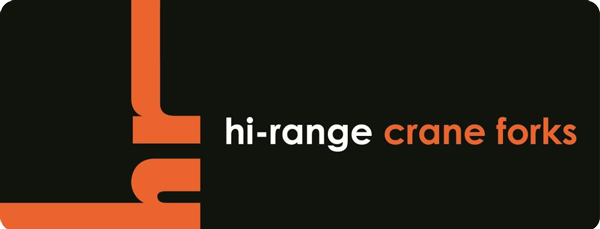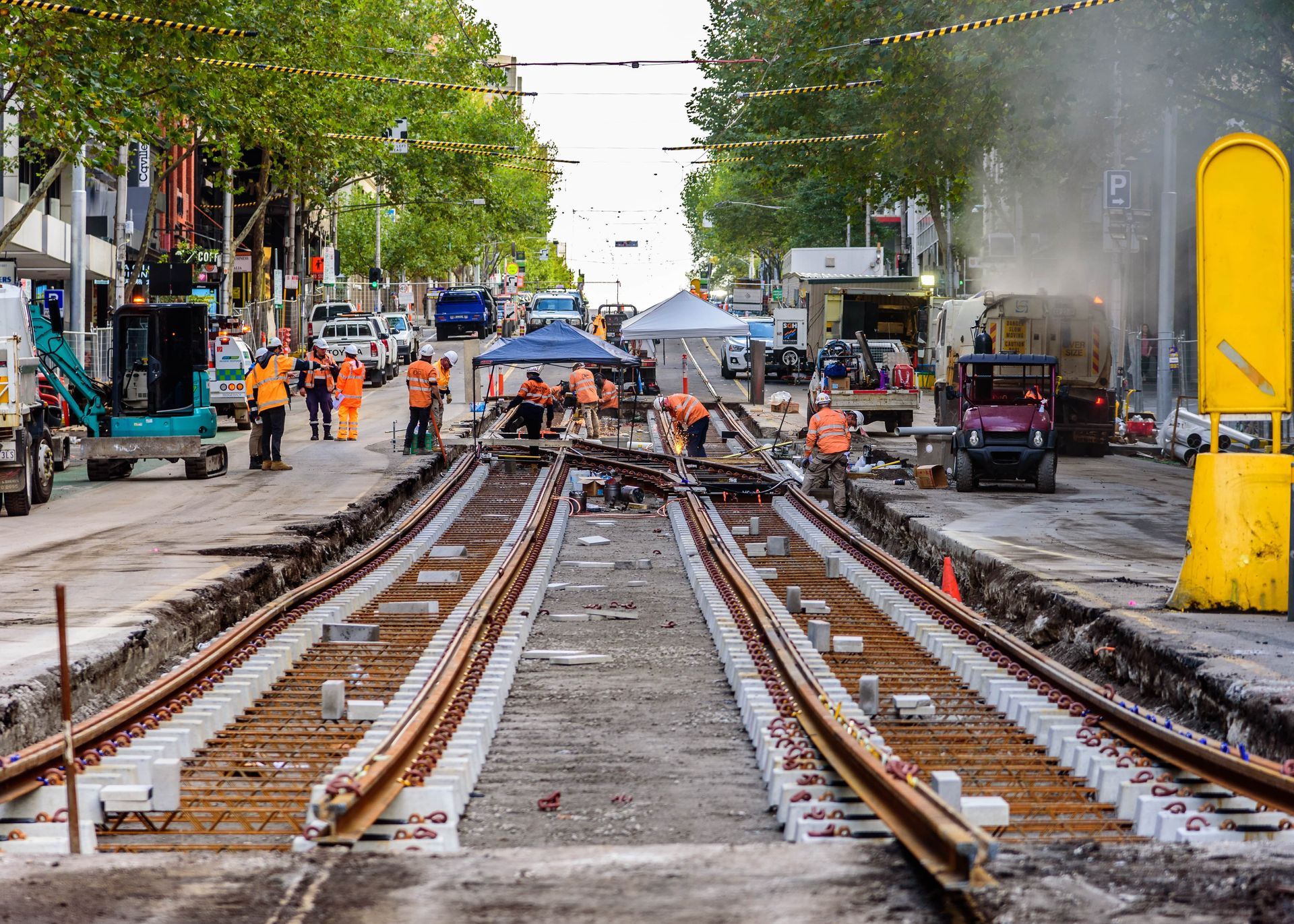01/01/2022
Track works. Railbuses. Change trains at the next station. If you are a regular rail commuter, these are all phrases that no doubt cause you to roll your eyes, check your watch, and adjust your plans. To the untrained observer, railway track upgrades are largely seen as an inconvenience – albeit a necessary one. The team at Hi-Range Crane Forks is an expert source of knowledge on this subject, as we undertake this kind of work on a regular basis. We are here to help you understand the ins and outs of railway track maintenance, from track upgrades to sleeper removal. Join us for an inside look.
The right equipment for the job
Due to the precise, delicate, and timely nature of railroad track maintenance, a fleet of high-performing heavy machinery is necessary to get the job done well. Hi-rail cranes, elevated work platforms (EWPs), trucks, and telehandlers combine to create a formidable force capable of tackling the specific challenges of track works. These machines have a range of features that are unique in the heavy-machinery space, including four-wheel-drive, standard fixed booms, and even full slewing capabilities. These elements are helpful in the rail upgrade space as they help to increase accessibility, avoid contact with powerlines, and aid in the loading of sensitive materials.
What’s happening on the ground
Train tracks have a huge role to play in the rail system, so it is of the utmost importance in all upgrades and repairs that they are treated with expert care. As well as repair jobs such as changing broken rails and damaged sleepers, regular maintenance takes place constantly – lubricating and adjusting switches, tightening loose track components, grinding the rail surface that train wheels run on to leave a clean surface for a smoother ride, as well as cleaning and replacing the ballast. None of these tasks can be completed without the appropriate heavy machinery. Hi-rail trucks for loading materials, hi-rail cranes for safe accessibility, and telehandlers for moving heavy loads are just some examples of the machinery used to complete rail works safely.
But wait … look up!
When it comes to repairs and upgrades in the rail space, it is important to be aware of overhead lines. An overhead line (or overhead wire) is an electrical cable that is used to transmit electrical energy to the train. This powerful system is not without its faults and is extremely dangerous when not attended to by professionals. Overhead lines may be negatively affected by strong winds causing wires to swing. Electrical storms can knock the power out with lightning strikes on systems with overhead wires, stopping trains following a power surge. Overhead lines are not to be messed with – which is why it is important to give them appropriate clearance when performing track works. Hi-rail elevated work platforms (EWPs) are crucial in the repairs and upgrade process. The compact nature of an EWP means it can safely move a worker to the desired area without the risk of damaging overhead powerlines. Certain EWPs also feature wheels that are safe to travel on railroads without the risk of cracking the tracks below.
The professional team keeping your tracks on track
As you now know, railway track upgrades are quite a serious and complex operation. The team at Hi-Range Crane Forks are experts in this line of work, boasting decades of experience both on site and with pre-planning logistics. The company has been behind some major rail network projects across New South Wales including Central Station main works, Sydenham Station junction, and the Newcastle intercity fleet just to name a handful. If you are contracting for major rail works, trust the team at Hi-Range Crane Forks to achieve outstanding results that will keep your project moving right on track.
Get a quote on rail track laying and more
Like what you see? Get in touch with our friendly team for more information on what services we can secure for your next rail construction project. Hi-Range Crane Forks can organise and assist with full-service rail construction packages and individual service contracts alike. From track clearing to installing continuous welded rail, our teams can provide assistance to commercial and civil projects of any size and scope across South Australia and New South Wales.

